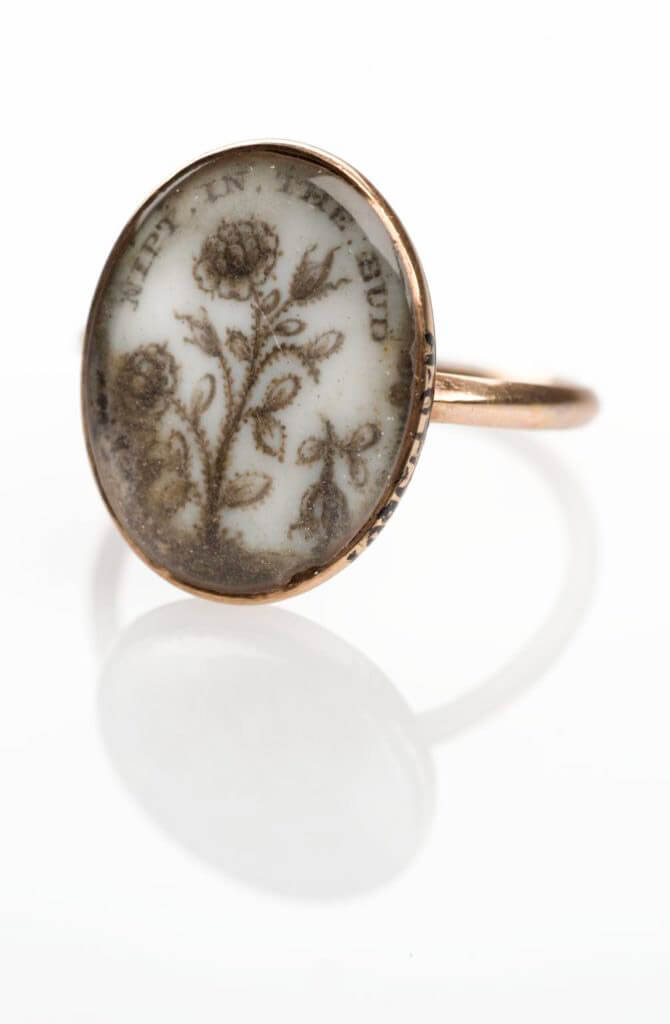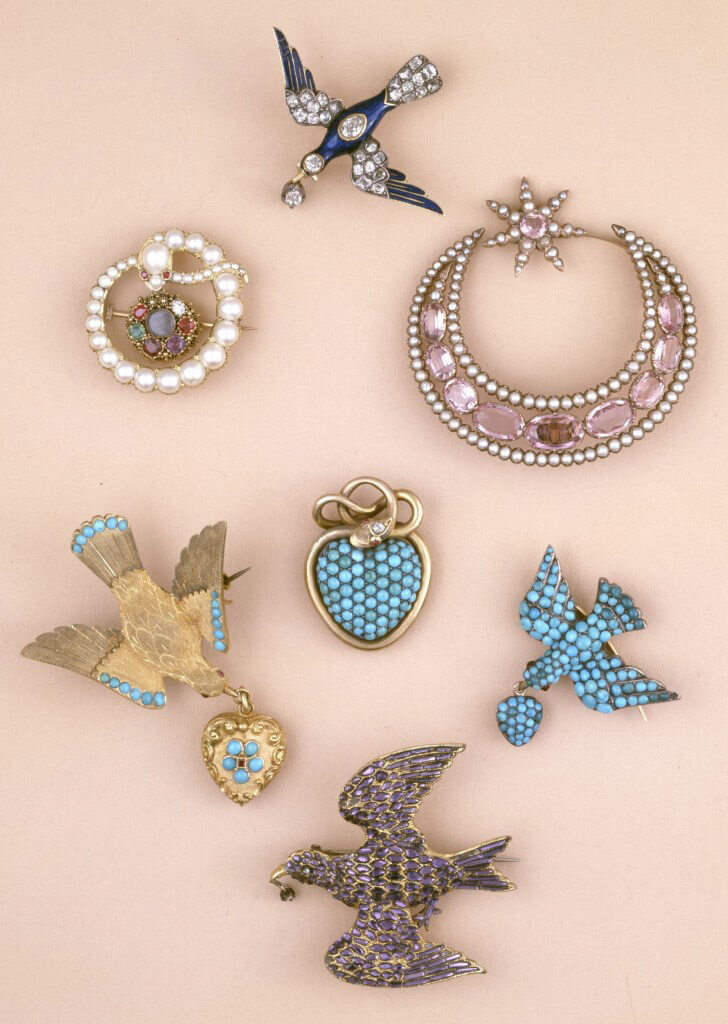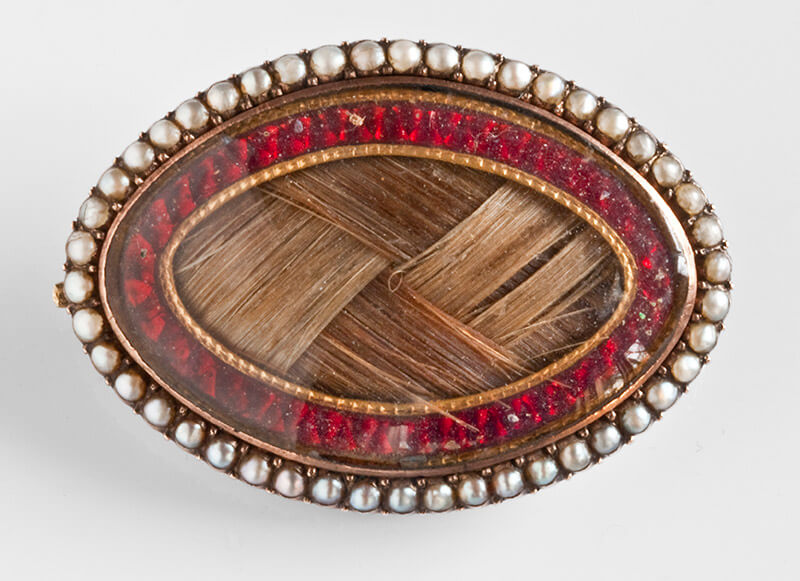Symbolism, Ivy

The evergreen ivy crawls and creeps towards the sky, forming a union with whatever it may be clinging to, making the two almost inseparable. What a wonderful thought for a Sunday morning?
If the fundamental conceptual symbolism was lost in that little introduction, evergreen represents life and eternity (essentially immortality), along with clinging attachment. During the 19th century, it would not be uncommon to give a gift of ivy in order to express fidelity, friendship and eternity. For the ancient Greeks, ivy was used to crown victorious athletes and for the Romans, intellectual achievement.
From these concepts, ivy is one of the plant symbols that expresses itself well from its natural format to its interpretations. All one needs to do is describe the plant and the meaning reveals what it is conceptually. Due to its classical heritage, ivy is a symbol that lasted throughout the medieval period into the modern, being an embellishment on illuminated manuscripts, used in many of the Baroque and Rococo designs from the 16th-18th centuries and would constantly be used in Victorian art.
Due to this, it survived as an embellishment in rings, pendants, slides and bracelet clasps, particularly from the post 1680 period, being reinterpreted from around 1760 in Neoclassical depictions (painted on ivory, vellum as a secondary motif), then through the 19th century as etched in gold and silver or painted in enamel. Its versatility, as mentioned previously, is its lack of reliance on direct religious context and more upon its natural/classical meaning, making it a beautiful decoration and one with an essential meaning.
So there we have a neat look at ivy!






